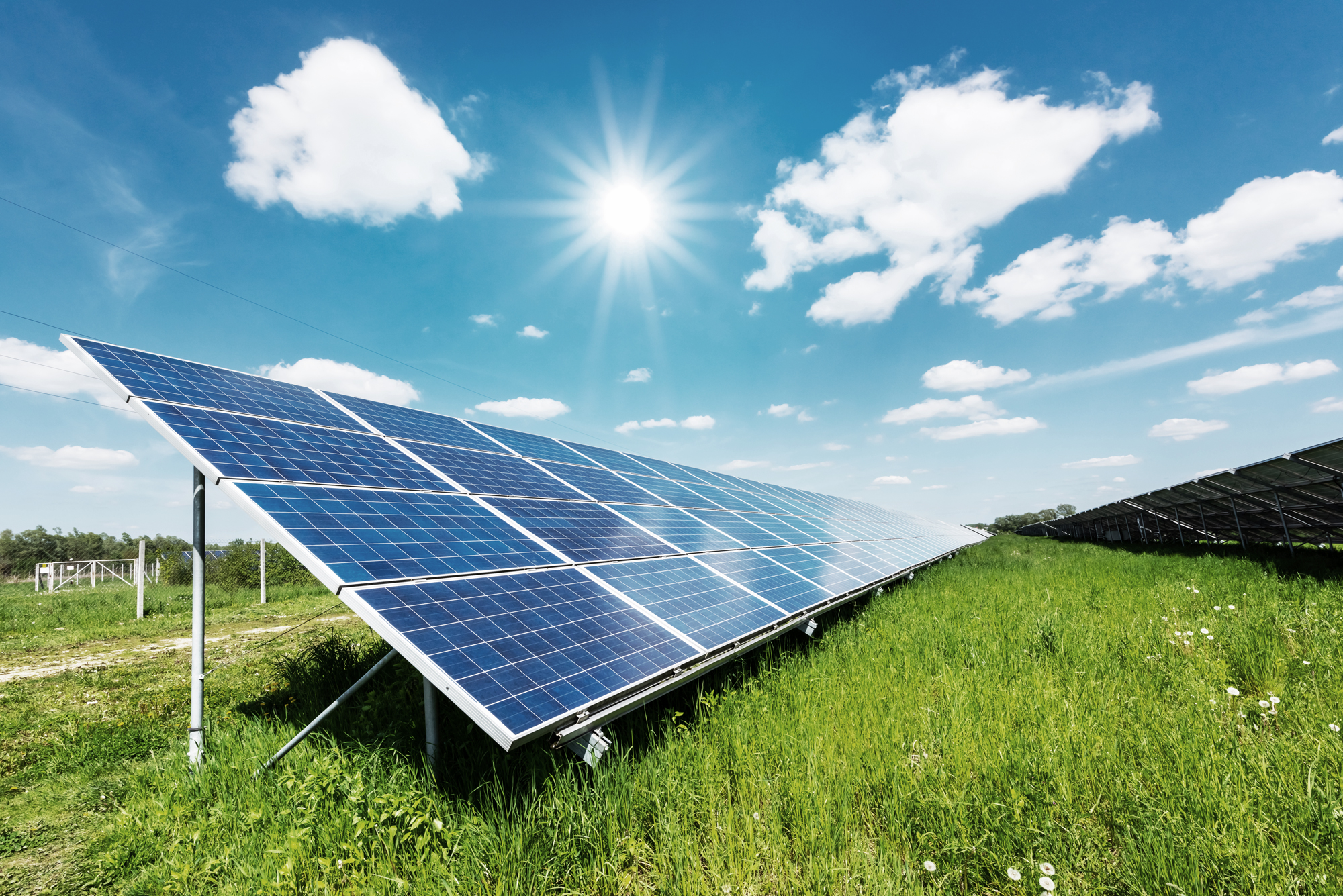What is Clean Energy?
Published 08.02.2023
Stefanie Shipe and Sarah Klinetob Lowe
Here at the Clean Energy Center, we define “clean energy” in two parts: energy efficiency and renewable energy. In this article we’ll share what each of these terms mean for our homes and buildings, why we put them together, and how they are fueling today’s clean energy career opportunities.
Part 1: Energy Efficiency
Homes and buildings that are energy efficient use less energy for heating, cooling, and running appliances than a typical home or building. For example, the common weatherization upgrades we train on here at the Clean Energy Center, such as adding insulation and sealing up air gaps, are cost-effective ways to increase the energy efficiency of a residential or commercial building. Another common upgrade are LED lightbulbs, which use less power to produce more light than incandescent bulbs. In homes, LED lights use 75% less energy than incandescent lights and can last up to 25 times longer.
These kinds of improvements save consumers money AND minimize stress on the electric grid by reducing the overall energy load and the risk of power disruptions. This is good news for residents, but it’s also great news for the country as a whole: the US Department of Energy (DOE) states that energy savings from the widespread use of LED lighting alone could equal the same output as 92 1,000 MW power plants!
With benefits like this, it’s clear that reducing our energy load through energy efficiency is key for a successful and cost-effective transition to a clean energy future.

Part 2: Renewable Energy
Unlike fossil fuels, which are finite resources, renewable energy is produced from natural sources that do not run out. Renewable energy sources like solar, wind, hydropower, biomass, and geothermal, can be used to heat and cool homes and to generate electricity.
A renewable energy source we are currently developing training on at the Clean Energy Center is solar energy to produce electricity for our homes, buildings, and communities. Solar energy is the world’s most abundant renewable resource. The sun’s energy is so plentiful, in fact, that the earth receives more energy from the sun in just one and a half hours than the world uses in a whole year!
One great thing about solar energy technologies is that they work everywhere the sun shines, including in seemingly cloudy places like Pennsylvania. And even better news, the costs for these systems are continuing to drop every year, making harvesting this abundant energy resource more cost-effective than ever. For example, the unsubsidized cost of residential solar photovoltaic (PV) systems has dropped 71% in the past 20 years - from a median of $13/Watt in 2000 to a median of $3.80/Watt in 2021.

Clean Energy: A Perfect Pair
Pairing energy efficiency with renewable energy provides a cost-effective path to a clean energy future. Without energy efficiency, renewable energy sources are simply just not as effective. In Pennsylvania, for example, an old refrigerator may need 3-4 solar panels to run for a year, but a new ENERGY STAR refrigerator could need less than 1 solar panel! This is why we include both energy efficiency and renewable energy in the definition of clean energy.
Career Opportunities in Clean Energy
Together energy efficiency and renewable energy are fueling today’s clean energy career opportunities. In Pennsylvania alone, the National Renewable Energy Laboratory estimates the potential for 300% growth in PA energy efficiency jobs and 70-130% growth in PA solar jobs between 2020 and 2030!
We at the Clean Energy Center and Workforce Development at Penn College are excited to build on our 40-year history of providing training and workforce development opportunities to support our workforce into the clean energy future.
